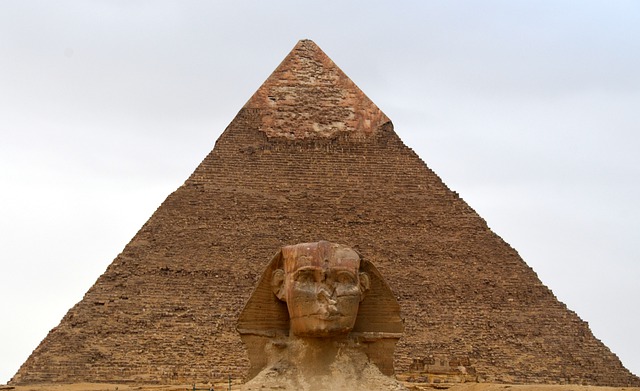Pyramid Giza
Exploring the Wonders of the Pyramid of Giza
The Pyramid of Giza, an architectural marvel and one of the Seven Wonders of the Ancient World, stands as a testament to the ingenuity and grandeur of ancient Egyptian civilization. For travelers, visiting this iconic site is a journey through time, offering a glimpse into the mysteries and majesty of the pharaohs. Let’s explore what makes the Pyramid of Giza a must-visit destination.
The Great Pyramid: Khufu’s Monument
The most famous of the Giza pyramids is the Great Pyramid, built for Pharaoh Khufu (Cheops). Completed around 2560 BCE, it originally stood at 146.6 meters (481 feet) but now measures slightly less due to the loss of the outer casing stones. The Great Pyramid’s construction remains a subject of fascination and debate among historians and engineers, with theories ranging from vast labor forces to advanced architectural techniques.
Architectural Brilliance
The Great Pyramid was constructed with an estimated 2.3 million stone blocks, each weighing between 2.5 to 15 tons. The precision with which these blocks were cut and placed is astounding, with the joints between the stones being incredibly tight. The pyramid’s alignment with the cardinal points and its astronomical significance further highlight the advanced knowledge possessed by ancient Egyptian architects and astronomers.
Inside the Great Pyramid
While the exterior is awe-inspiring, the interior of the Great Pyramid offers its own set of wonders. Visitors can explore the narrow passageways that lead to the King’s Chamber, the Queen’s Chamber, and the Grand Gallery. The King’s Chamber, made from massive granite blocks, contains a sarcophagus believed to have held Khufu’s remains. The purpose of other chambers and passageways remains a mystery, adding to the pyramid’s allure.
Pyramid of Giza
The Sphinx: Guardian of Giza
Adjacent to the Great Pyramid is the Great Sphinx of Giza, a colossal limestone statue with the body of a lion and the head of a pharaoh, believed to represent Khafre. The Sphinx has stood guard over the Giza Plateau for millennia, its enigmatic smile and imposing presence captivating visitors. The Sphinx’s origins, purpose, and the methods used to carve it remain topics of scholarly debate.
Great Pyramid Giza
The Pyramid Complex
The Pyramid of Giza is part of a larger complex that includes two other significant pyramids:
- The Pyramid of Khafre (Chephren): Slightly smaller than the Great Pyramid, Khafre’s pyramid is often mistaken for being the largest due to its higher elevation and intact casing stones at the apex. It also includes a mortuary temple and the Valley Temple.
- The Pyramid of Menkaure: The smallest of the three main pyramids, Menkaure’s pyramid is distinguished by its size and the complex of subsidiary pyramids nearby.
In addition to the pyramids, the complex includes several smaller queen’s pyramids, mastaba tombs for nobles, and various temples and causeways.
Visiting the Pyramids
For modern-day travelers, visiting the Pyramids of Giza is a once-in-a-lifetime experience. Here are some tips to enhance your visit:
- Plan Ahead: The pyramids are open year-round, but visiting early in the morning or late in the afternoon can help you avoid the midday heat and crowds.
- Guided Tours: Hiring a knowledgeable guide can provide deeper insights into the history, construction, and significance of the pyramids.
- Camel Rides and Photography: Capture the essence of your visit with a camel ride around the plateau or by taking stunning photos during the golden hours of sunrise and sunset.
- Respect the Site: Remember that the Pyramids of Giza are not only tourist attractions but also sacred historical sites. Follow guidelines and respect the preservation efforts.
Read More




